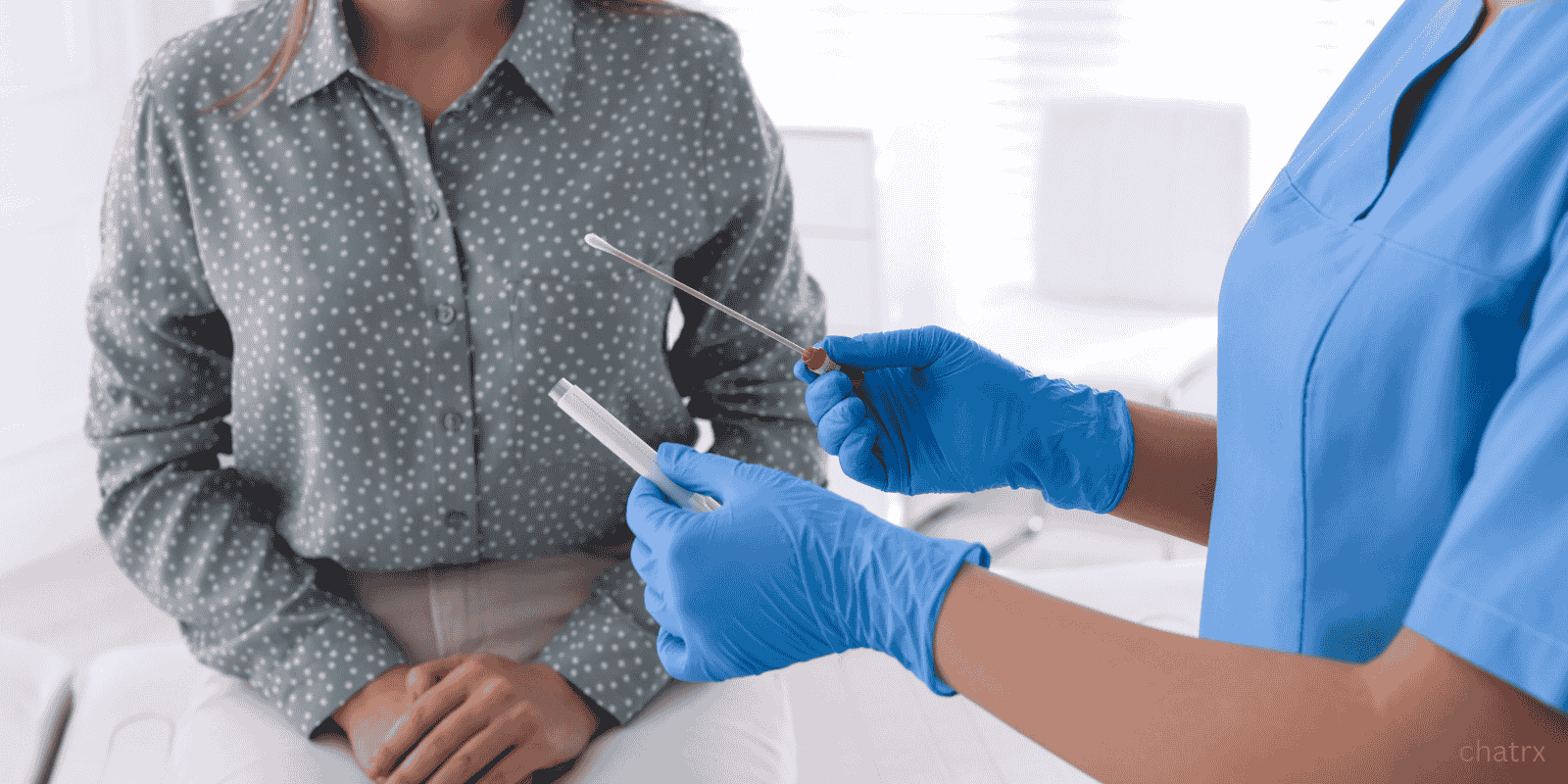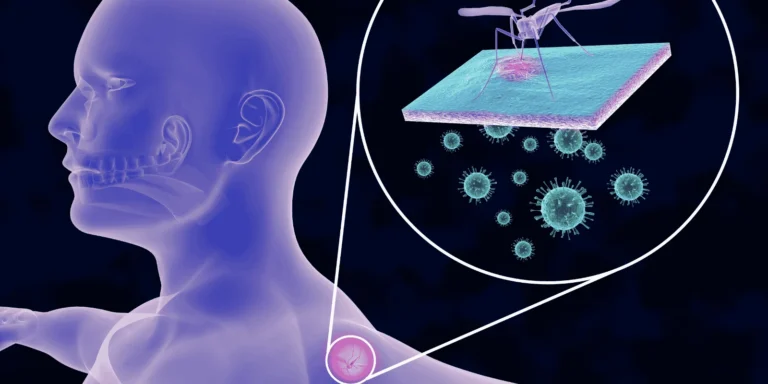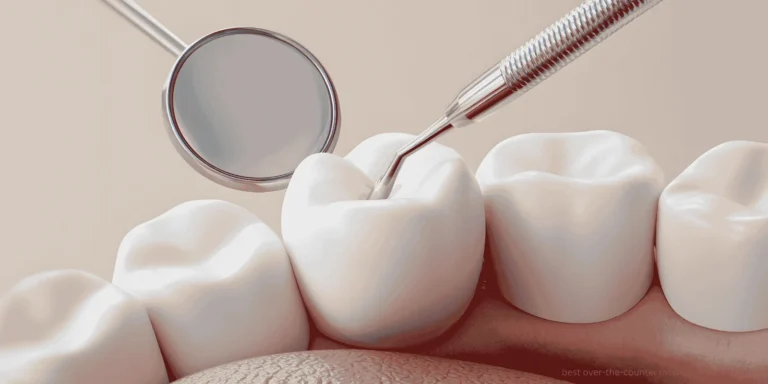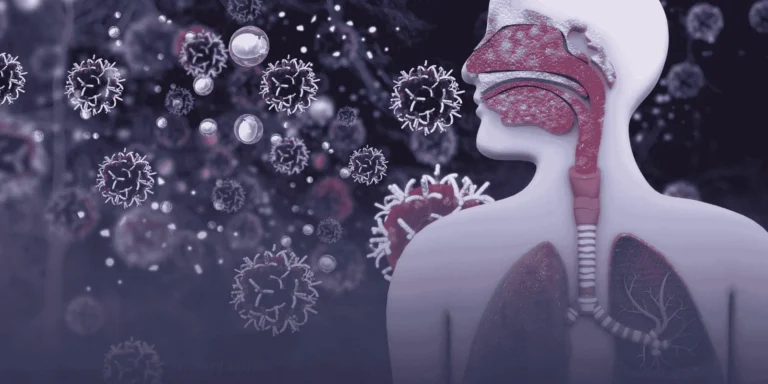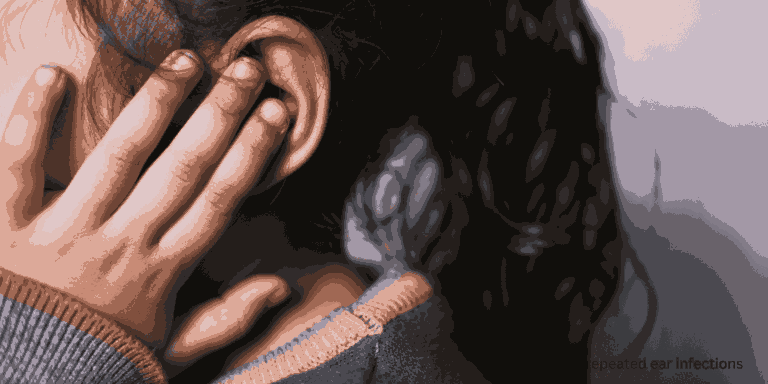Bacterial vaginosis (BV) is not classified as a sexually transmitted infection, though this distinction often confuses patients because sexual activity can influence BV development.
BV occurs when the normal balance of bacteria in the vagina becomes disrupted. Normally, “good” bacteria (primarily lactobacilli) maintain an acidic environment that keeps harmful bacteria in check. When this balance shifts, harmful bacteria overgrow, causing BV symptoms.
Why BV isn’t considered an STI:
- It can occur in women who have never been sexually active
- It’s not caused by a specific infectious organism transmitted between partners
- Male partners don’t get BV and don’t require treatment
- It results from an imbalance of bacteria naturally present in the vagina
However, sexual activity can influence BV risk by:
- Introducing new bacteria that disrupt vaginal balance
- Altering vaginal pH through semen exposure
- Spreading bacteria from one partner to another
- Multiple partners increasing exposure to different bacterial populations
Other factors that increase BV risk include:
- Douching (which disrupts natural bacterial balance)
- Antibiotics (which can kill beneficial bacteria)
- Smoking
- Hormonal changes
- Stress
- Certain soaps or feminine hygiene products
Important considerations: While BV itself isn’t an STI, having BV increases your risk of acquiring actual STIs like chlamydia, gonorrhea, and HIV by disrupting the vagina’s natural protective mechanisms.
BV can recur even after successful treatment, especially if underlying risk factors aren’t addressed. Some women experience recurrent episodes that require different management approaches.
If you’re experiencing BV symptoms like unusual discharge, fishy odor, or vaginal irritation, ChatRx can help determine if you have BV and prescribe appropriate treatment.

